Which Is Better, a Rear Hub Motor or a Mid-drive Motor?
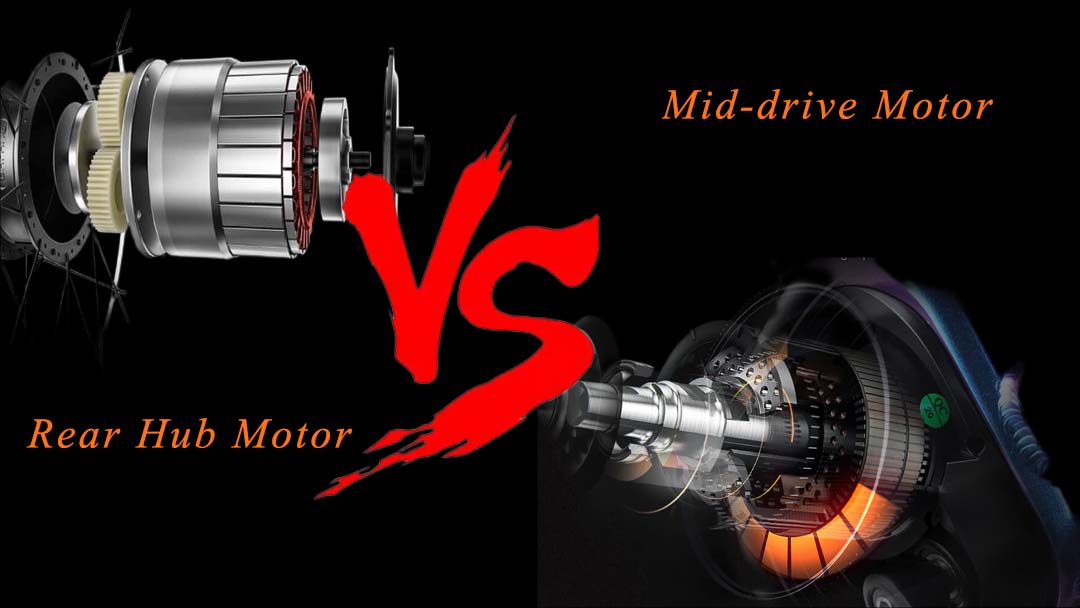
More and more people are turning to e-bikes as a fun and useful way to get around. Most modern e-bikes are powered by a rear hub motor or a motor in the middle of the bike. Both are suitable for all kinds of e-bikes and riders, and each has advantages and disadvantages. So, which one do you think will help you the most? Read on to find out!
What's the difference between a hub motor and a mid-drive e-bike?
If you Google this question, you'll find hundreds of bike reviewers telling you to avoid rear hub motors and opt for mid-drive motors instead. As much as I prefer the middle-driving position, I recognize it's not always the most practical choice. Like many others, the answer depends on individual needs, riding style, and personal preferences. Knowing the pros and cons of both motors is critical to making an informed decision and avoiding a frustrating and costly experience.
rear hub motor
As the name suggests, it is installed in the rear hub of the electric bike. That's what's at the heart of moving the bike forward. The rear hub motor measures the force that the chain puts on the cassette when you pedal.
If it detects enough force, it applies its force to the rear wheel, causing it to spin and the bike to move forward. Some hub motors, such as those on most e-bikes, measure power multiple times per pedal stroke to maximize responsiveness. Some e-bikes, especially those designed for urban use, have simpler, cheaper sensors that only take a few readings per ride.
mid-drive motor
Mid-drive motors, which place the motor closer to the center of the bike and use a chain drive to transfer the power to the rear wheel, have grown in popularity in recent years, causing the popularity of hubs to decline dramatically. This e-bike motor is unmatched in its class.
Advantages of rear hub motors
Rear hub motors require less maintenance
One of its best features is that its rear hub motor works so well that it requires little repair. Since the motor and its components are housed in a sealed housing that connects to the rear wheel, the unit is extremely robust and less prone to damage. They are also more reliable because they don't have any moving parts. If there is a problem with the center shaft, chain, or any other part of the drive system, there is no need to repair the motor.
There are two different types of rear hub motors: geared and gearless. While the gears on the first make it easier to control and adjust the speed, the second has no gears to allow the motor to reach its full potential. While gears make it easy to vary the amount of power assist and speed, a no-gear option is safer. Since there is nothing to break, there is not much maintenance to do. This makes following the rear hub motor not only easy but almost too easy. The system is completely impenetrable, so neither you nor the weather can get in.
Also, if you do crash the bike, the rear hub motor is easier to get back on. Since they are composed of separate components, the bottom bracket, chain, and shifters do not need to experience any additional stress.
The rear hub motor works alone
Another benefit of the rear hub motor is that, because the system is self-contained, you don't need to pedal at all to use the motor. This means that even if something terrible happens, like your chain or bottom bracket breaking, you can get home. It's no fun coming home from a friend's house at 1 a.m. to find your chain broken.
If the motor stops working, you can still get home by pedaling, although it will take more work.
The rear hub motor system has stricter standards for torque
This benefit is especially helpful for people living in cities where bike lanes are still rare. Merging into already-moving traffic is safer when the rear hub motor has higher torque. Rather than sitting next to their car, it's safer for everyone to get out of the way so the driver can see you coming and make the necessary changes.
Disadvantages of rear hub motors
The biggest problem is that the rear hub motor makes the bike heavier. Without a safe place to store your e-bike, such as your basement or garage, moving it is much more difficult. Weight is another thing to consider. This might not be an issue in the city, but in the wilderness, every gram counts. Another problem is uneven mass distribution. When the motor is at the rear, it is difficult to turn the e-bike because the center of gravity is off.
As an extra safety measure, you may wish to have an extra rear tire on hand. It took some strength and willpower to remove the heavy rear wheel. This is why most people don't like hub motors. While it might be useful in the mountains, the risk of getting stuck with a flat tire makes it less useful.
Advantages of mid-drive motors
Gear power of the mid-drive motor
The gear ratio of the mid-drive motor is probably its best characteristic. It can be used on any surface and helps you climb steep hills that would otherwise be difficult to climb. When you're in lower gear, you can go faster. Plus, it makes your efforts go farther, so you can climb faster than with a mid-drive motor.
Weight and balance of the mid-drive motor
Although it will make your bike heavier, it's still lighter than a rear hub motor. Mid-drive motors can be as light as 2.5 kg. A good off-road bike with a drive motor will typically weigh between 21 and 23 kg, which is relatively light in comparison to other types. But that's not the main reason for doing it. The mid-drive motor sits in the middle of the bike, keeping weight under the bottom bracket, which keeps the bike balanced. This makes the bike easier to control off-road and downhill, as well as on twisty trails, pump tracks, jumps, and any other function.
Also, the mid-drive motor is smaller, so it's hard to see at first glance. This makes photos of bikes look better and better. They look nothing like motorcycles because they are compact and sporty.
Pedal assist adjustment
It might not seem like a huge benefit, but being able to vary how much and when the motor helps you pedal is key to improving your ride. This feature of the mid-drive motor will help you achieve your goals, whether you're trying to stay in shape, recover from an injury, or just want to give it your all. You can turn off assist and go all out in flat areas. On steeper hills, you can turn the assist on, but over time, you should turn it off. That way, you'll always reach the top, but your muscles, stamina, and morale will also be stronger. Regulation support is probably the most important thing for a mid-drive motor, but the rear hub motor doesn't have it at all.
Disadvantages of mid-drive motors
The hardest thing about a mid-drive motor is that it's hard to get it right. For example, you can't change the gear of a motor when it's not moving. Also, you can't change gears while the motor is running. If you do, you'll break the chain at best and damage the shifter at worst.
Another big issue is bike maintenance. Mid-drive motors are more difficult on the chain and pedals than rear hub motors, but they allow for easier tire changes. Most of the time, the average cyclist can keep the power output steady at around 100 watts and briefly increase it to 250 watts. With mid-drive electricity, the chain gets 250–750 W of power at all times. This means most chains won't last that long on a bike like this. Most mid-drive e-bikes have stronger chains. But when it wears out, a new one is quite expensive.
Also, unlike a mid-drive motor, the rear hub motor is not enclosed and therefore requires constant maintenance. It must be cleaned and oiled, and it is more vulnerable to damage if you consider where it is most likely to be ridden.
Which is better, a rear hub motor or a mid-drive motor?
While mid-drive motors eliminate many of the problems associated with rear hub motors, they do present their own set of challenges. Rear hub motors have been around for a long time because they are reliable and efficient.
Mid-drive e-bikes are better for off-road use and hilly terrain because they weigh less and work better with gears.
On the other hand, rear hub motors are extremely durable and low-maintenance, making them ideal for commuters and anyone else looking for a simple, reliable e-bike that won't break the bank.
However, rear hub motors are preferred by many dirt bike riders due to their power and reliability, while mid-drive motors are preferred by many commuters due to their lightweight, small size, and lack of visual impact. It all depends on your preference.
The best e-bike motor is the one you already own. Simply put, go ride your bike.
Which e-bike do you ride or want to buy? Please share your thoughts in the comments below.

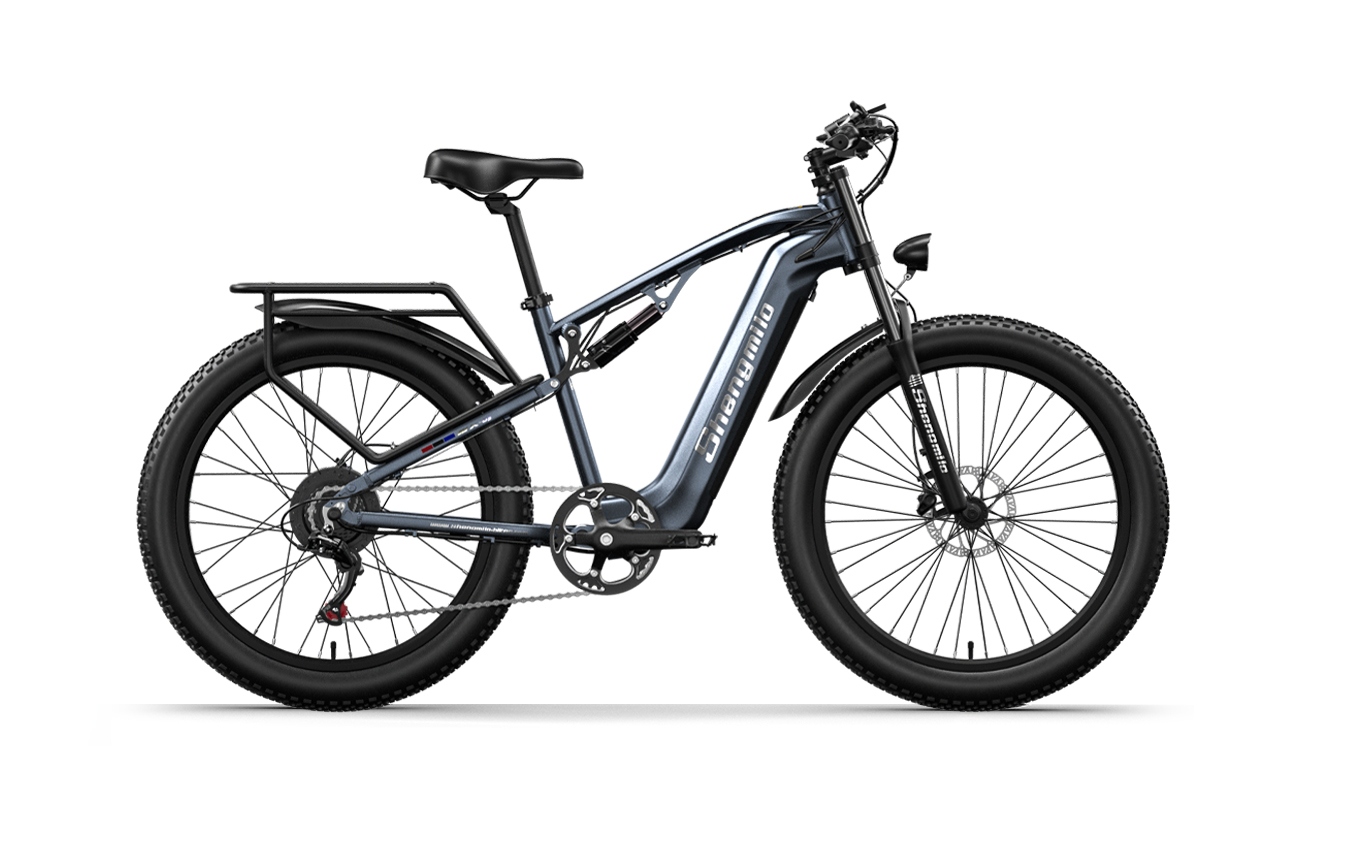
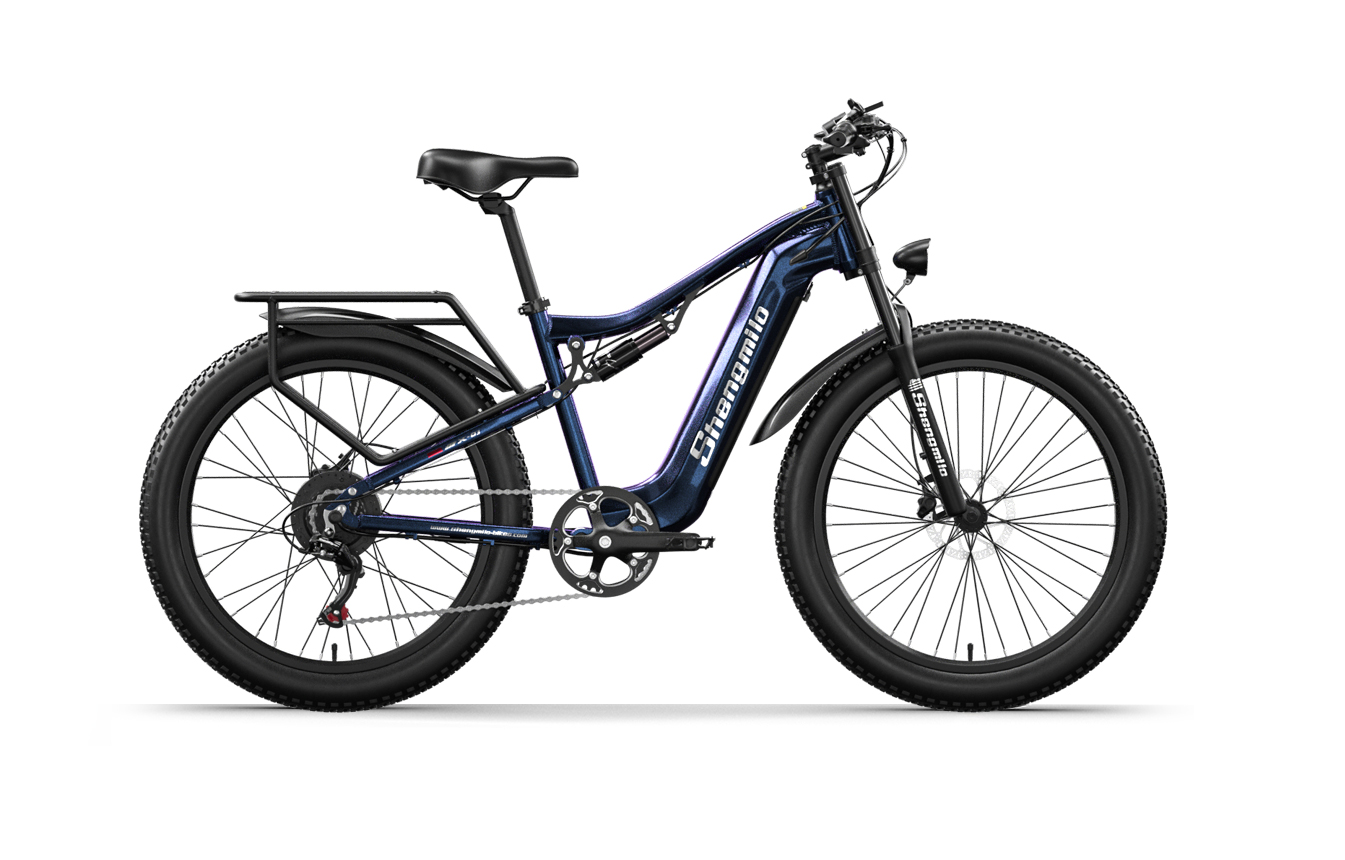
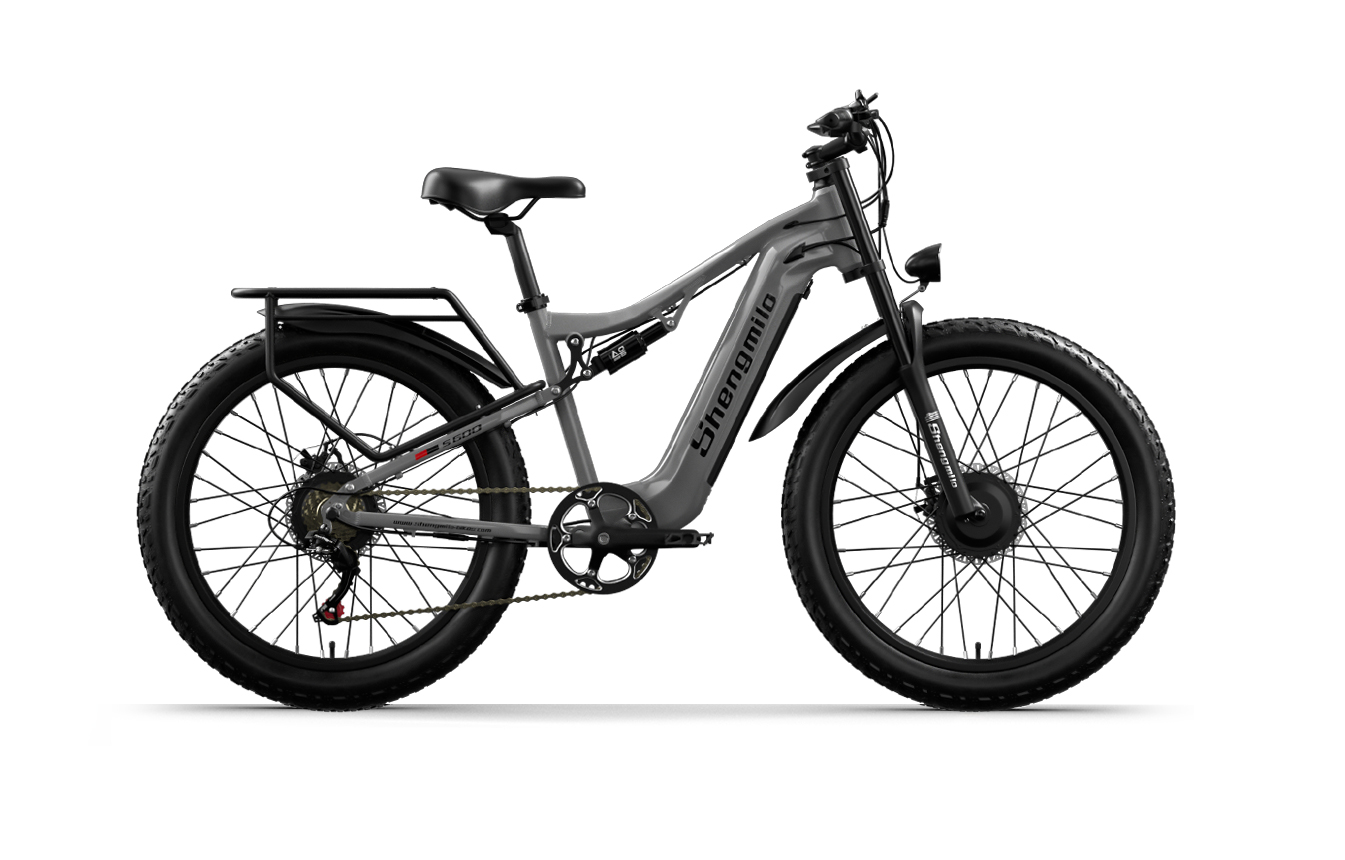
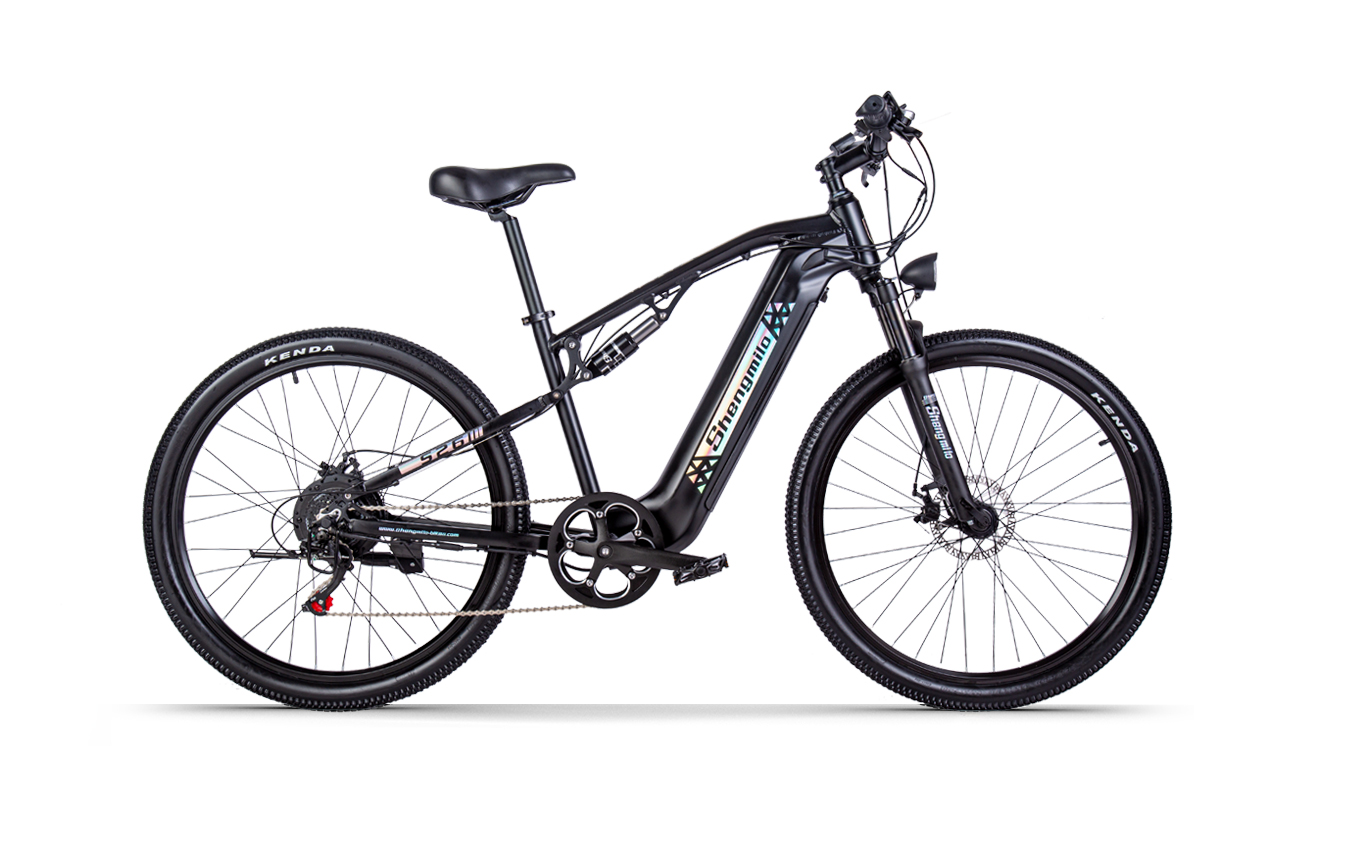
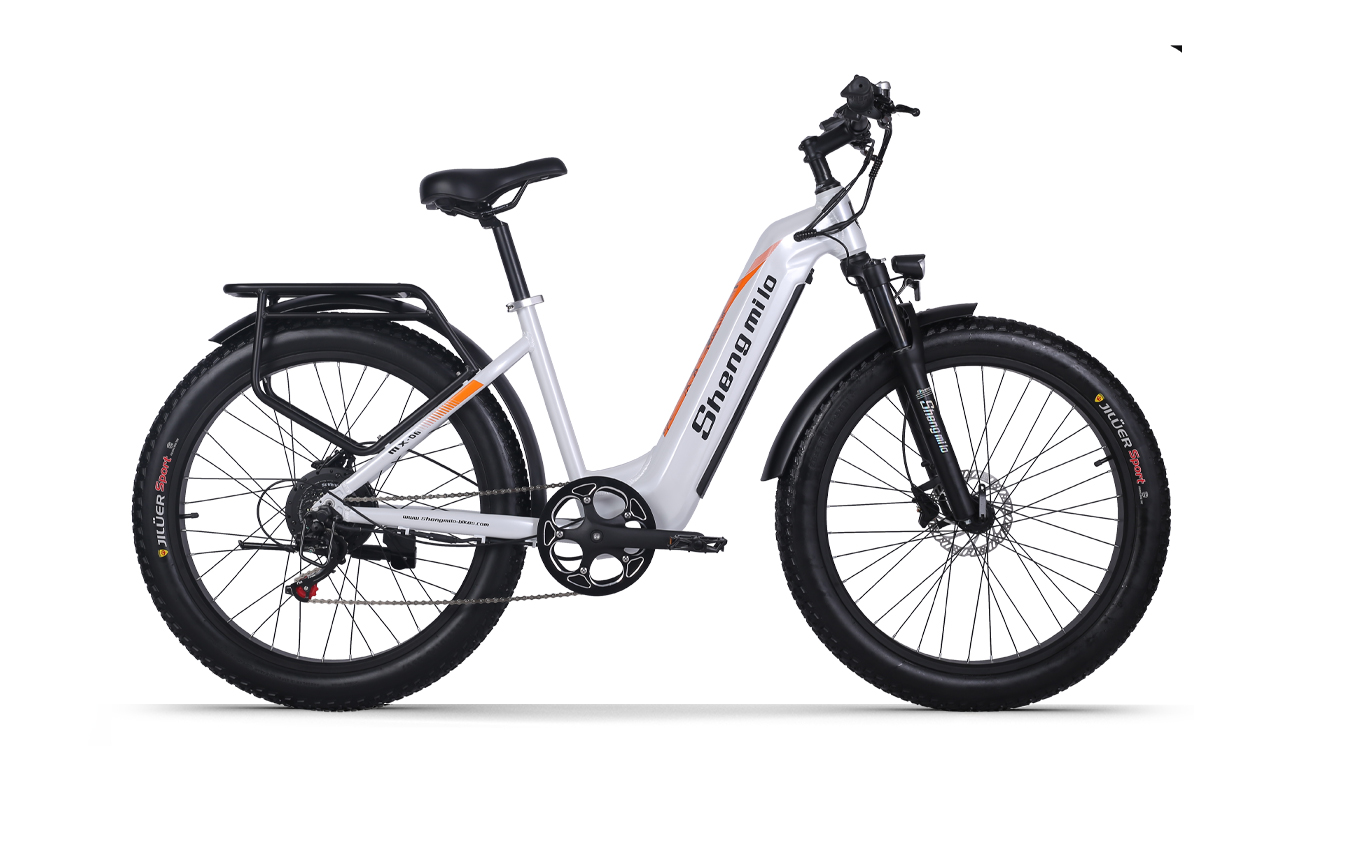
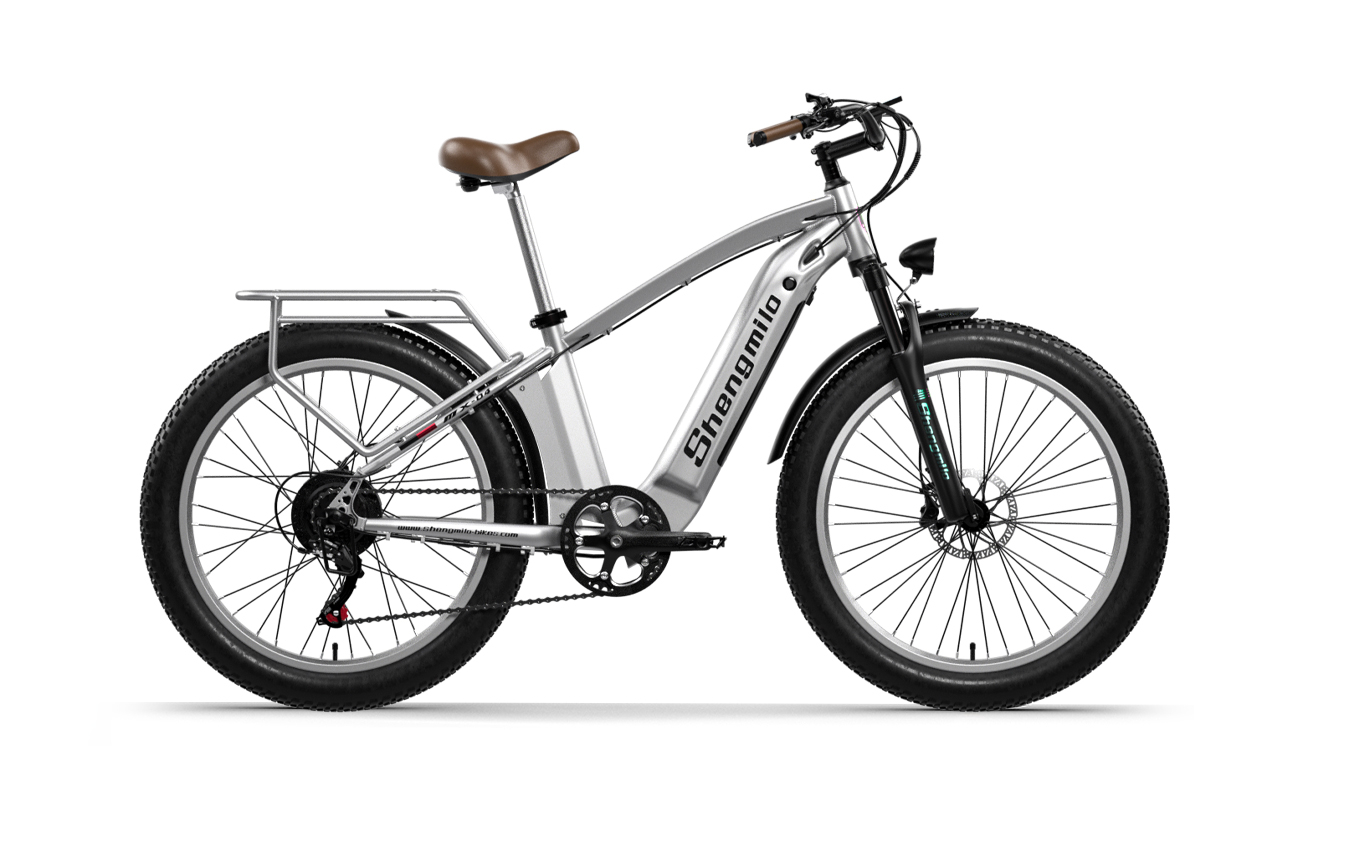
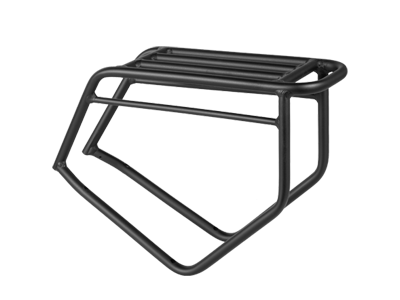
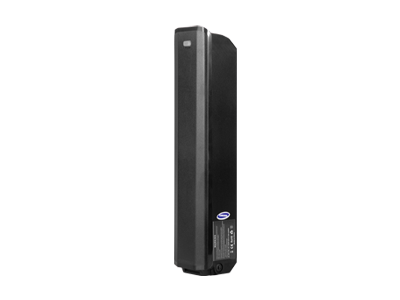
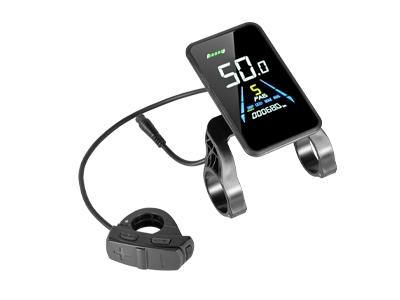
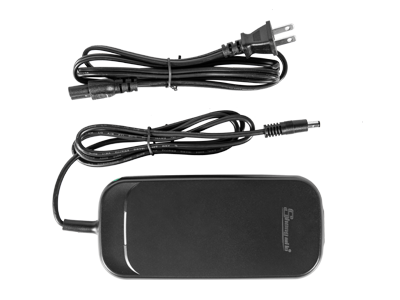
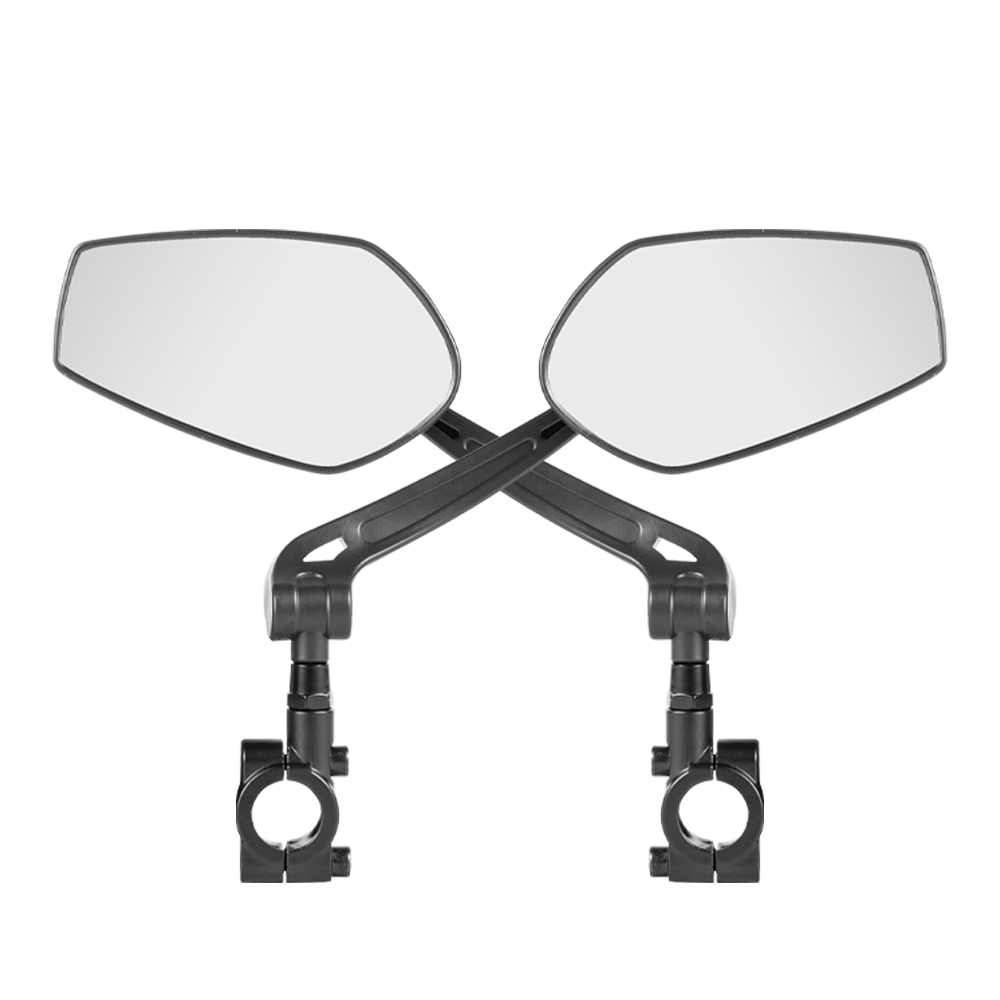
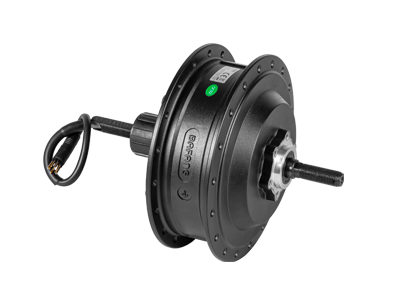
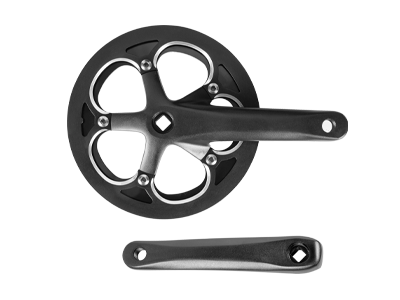
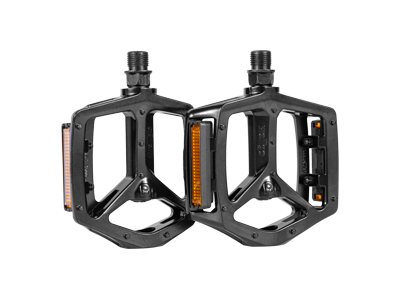
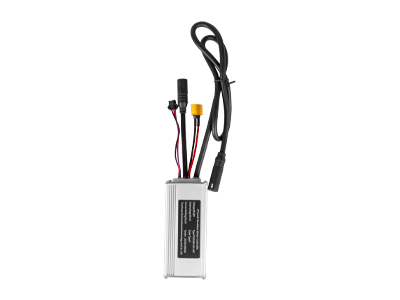
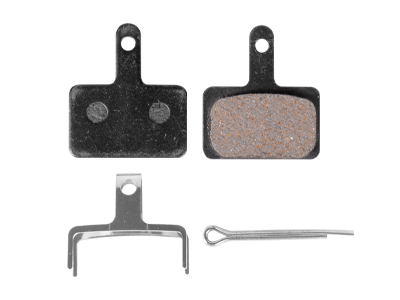
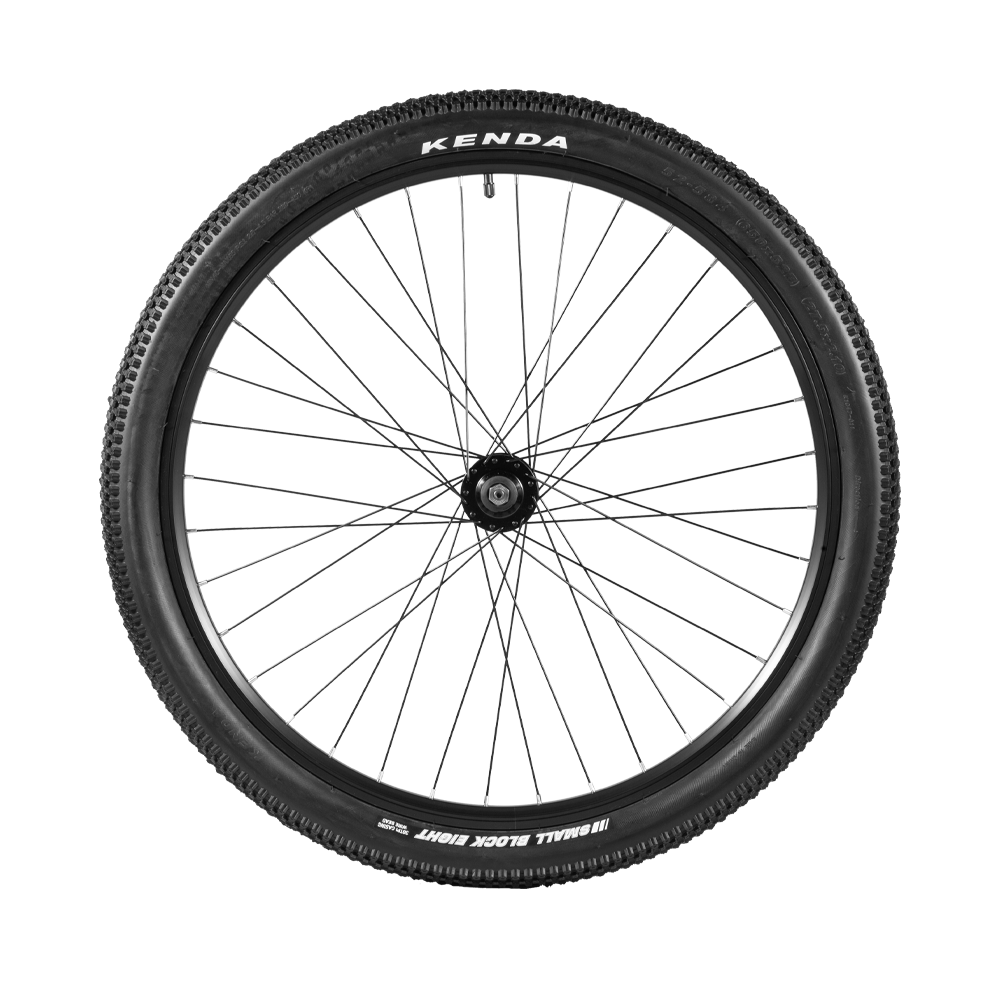



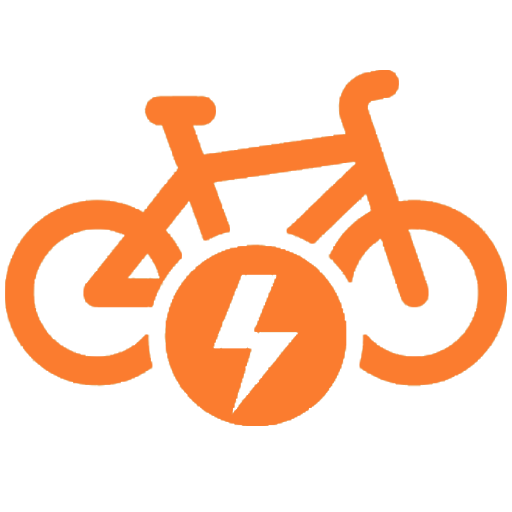


Leave a comment